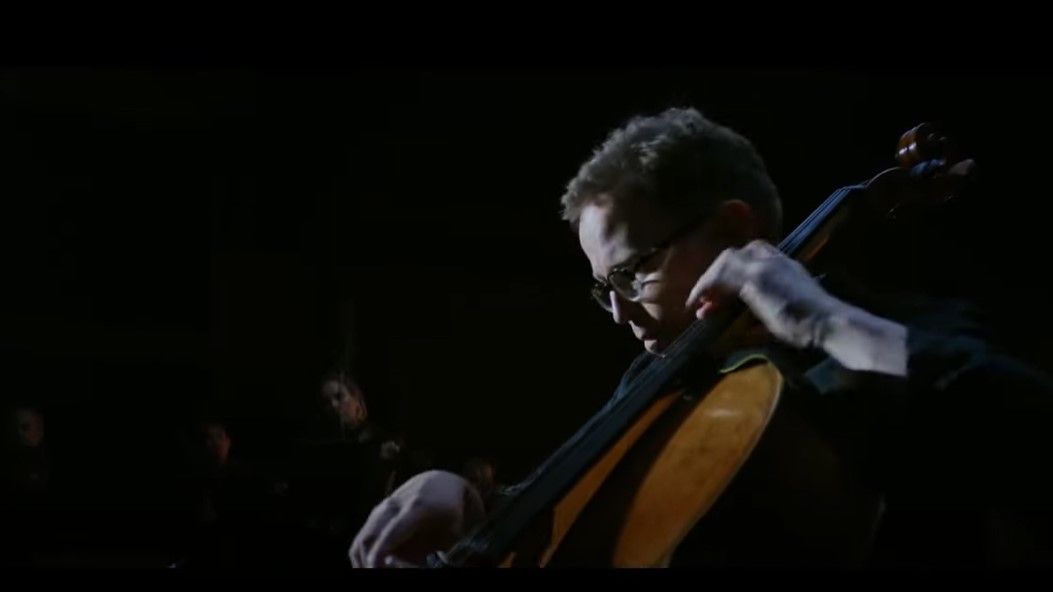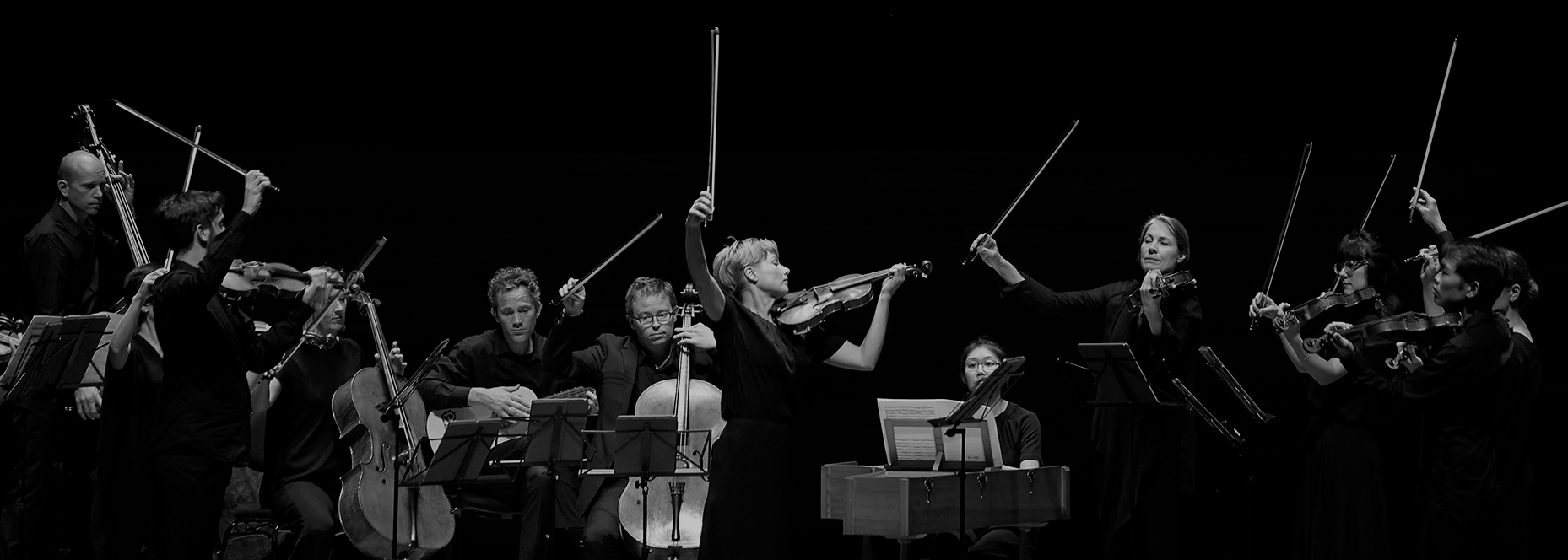
Alma Mahler-Werfel (born Alma Schindler) grew up in the culturally rich city of Vienna, surrounded by some of the leading artistic figures of her time. Immersing herself in music and literature, she was a devoted fan of Richard Wagner, and had a deep fondness for the poetry of Goethe, Rilke, Heine and Falke. She received lessons in counterpoint from Josef Labor and was later a pupil of the composer Alexander von Zemlinsky. By all accounts, she viewed herself as an artist and composer, though harboured strong, socially-fed anxieties around her ability to belong in a field dominated by men.
Before meeting Gustav Mahler at the age of 21, Mahler-Werfel had already composed between 70 and 100 lieder (songs), most of which are now lost. After their engagement however, Mahler penned a now-famous letter to her explaining that, if she wanted to be his companion, she would have to forego her creative ambitions and wholly dedicate herself to his music.
She capitulated, but the situation was untenable: she desperately needed a creative outlet. The death of their daughter Maria in 1907 only made matters worse, and her growing depression spiralled into an affair with the architect Walter Gropius. Mahler desperately offered appeasement by organising the publication of five of her songs.
Of those five songs, three are presented here in new chamber orchestra arrangements by British composer David Matthews, providing orchestral colour that was not so readily available to a female composer as it was to her idol Richard Wagner (who could assemble a chamber orchestra as a mere birthday gift). Listeners will notice how strikingly different Mahler-Werfel’s songs are in style to those of her first husband. Far from “Mahlerian”, her songs bear all the hallmarks of late German romanticism, featuring a rich harmonic vocabulary and formal freedom akin to the songs of Wolf, Strauss and Schoenberg (a pupil of Zemlinsky like herself).
The three songs in these concerts tell a brief love story: in Laue Sommernacht (Mild Summer Night) two lovers meet in a dark wood, filling the darkness with light; in Die stille Stadt (The Silent Town), the day fades to a quiet rest; but indoors, in Bei dir ist es traut (I feel warm and close with you) the two lovers enjoy this peacefulness in each other’s loving embrace. All the while, Mahler-Werfel’s musical settings are in full service of the mood and the poetry: from the chromatic dreaminess and ecstatic outbursts of Laue Sommernacht, to the descending autumnal melodies and rapidly changing moods of Die stille Stadt, and finally the pastoral tenderness of Bei dir ist es traut, complete with allusions to birdsong and lullaby.
Alma Mahler-Werfel’s compositions, as well as her entire life story and public perception, are too often overshadowed by her socialite status and high-profile marriages. What should not be forgotten is that these songs were composed before she met any of her future husbands, as a young woman and burgeoning composer who wanted her music to stand for itself. For this reason, it’s safe to say she would have been delighted to see her music feature alongside her idol Richard Wagner and first husband Gustav Mahler.
Australian Chamber Orchestra will perform Wagner's Siegfried Idyll in Mahler's Song of the Earth, directed by Richard Tognetti, and touring to Sydney, Melbourne, Brisbane and Canberra, 12-26 May. Click here for tickets.
